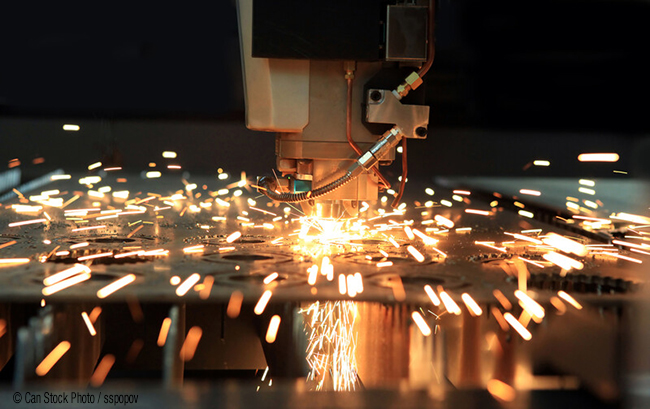Fabrication Technology of the Future
By / Jessica Kirby

In 2022, BuildCentrix is going to introduce its SaaS to plasma functionality. Industry-standard CAM software relays fitting information from the model into a pattern and sends it to layout where a plasma table creates a flat stretchout fitting in the shop. Although it has served the industry for decades, CAM is old, installed software that runs in a Windows environment.
“This is problematic because companies manage their entire design and manufacturing databases in old Windows file structures that do constitute a database, but because of the age and architecture of the software it can’t really be updated in any meaningful way,” says BuildCentrix CEO, James Beveridge. “Because the CAM fabrication software that is used for taking three-dimensional parts and sending them to manufacturing equipment is typically installed on an old Windows computer, the ability to track and manage work is diminished.”
A modern and more flexible solution is required to move the industry forward.
“The lack of backwards compatibility, integration challenges related to versions, and database management challenges is astounding,” Beveridge says. “We’re talking about organizations that have $100 million+ in revenue that use file hosting services to manage their critical databases. If you haven’t synched recently, you could be working with an out-of-date database creating a conflict.”
The number one user complaint is simply that technology is not updated. Bugs aren’t fixed, and as releases come out to patch the technology over to new versions of Windows, more bugs are introduced.
The process also lacks a reliable way to have CAM load information direct to a company’s ERP system. Newer ERPs and accounting packages typically have open APIs or other integration points to automate project and financial reporting and report on specific metrics, such as material used by project.
BCX integrates with CAM software, but the team sees an opportunity to replace it with its cloud-based, integrated platform, which is already making the calculations to create the stretchout for each fitting. “By going into the CAM software, we have to integrate and support old pieces of technology,” Beveridge says. “We see an opportunity where people can submit orders from CAD and REVIT and have those go directly to their equipment, eliminating the struggles inherent with using old software.”
Consider the visibility (or lack thereof) of CAM software, which is usually installed on one machine in every company. BCX, which operates in the cloud, can be accessed with any internet-enabled device and checked from anywhere. This eliminates extra communications and data silos, particularly for larger companies that have construction technologists and VDC, fabrication, and ERP departments, and the data from all those places connected to the database.
“We are asking, ‘What if we take that information and put into a new technology stack—which is something we already do—and then use common file formats to manage the company from technology and information reporting standpoints?’ That would remove the silos,” Beveridge says. “It is a salient point that we are the only cloud-based mechanical contracting system that actually calculates the fabrication of a product.”
BCX is currently developing the functionality with plans to release direct-to-plasma functionality in 2022. When the order comes in, the shop will review it and send it directly to the plasma machines.
“There has been a lot of activity around model to machine by using the cloud,” Beveridge says. “There is also an important distinction between being cloud native that is often missed. BCX has always been cloud native, which means we’re not reliant on old, installed software to operate. The next step forward for us, and we believe the industry, is to move the installed databases to being cloud native. This is a supporting activity for the model-to-machine concept.
BCX generally completes four release packages a month because it is always innovating and developing. By the very definition of cloud-based software, it can’t stop developing, yet the very nature of a legacy installed software is that it can’t continue to develop.
“At the end of the day, modelling software is a visualization of a database, and there is no reason for that database to be stored in old Windows folders when there have been better database creating and sharing tools for more than a decade,” Beveridge says. “Collaboration is key to realizing construction technologists’ goals, and in my view, nothing is very collaborative about old installed software—in fact, it’s the antithesis of collaboration. Our goal is to bring fabrication technology into the 21st century.”
Learn more about BuildCentrix and the launch of SaaS2FabShop in the spring of 2022.


